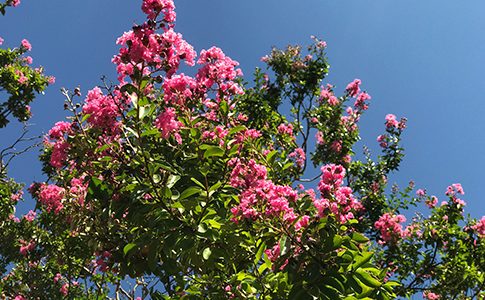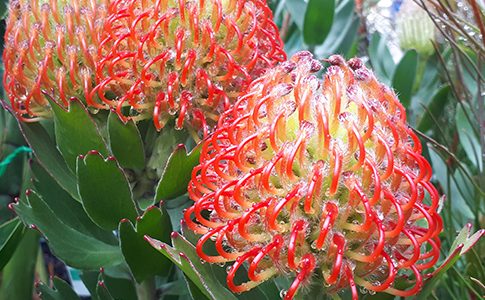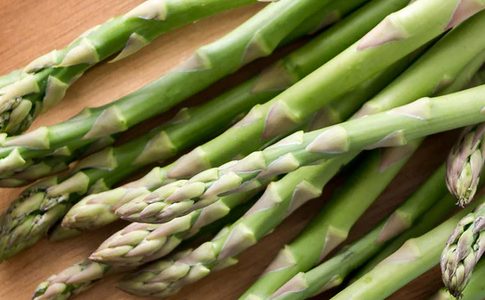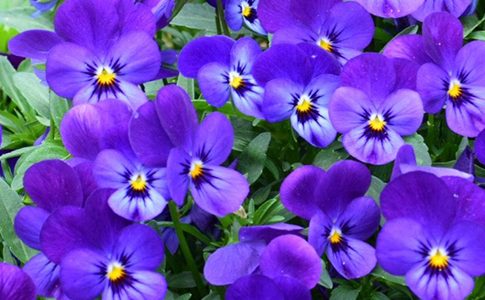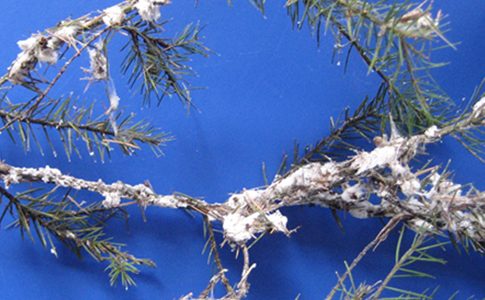Trees are magnificent. They soak up the carbon and make us oxygen. They provide habitat for our wildlife, and they can feed us. They cool us on a hot, summer’s day and provide us with shade. At BAAG we have
More...Author: Bulleen Art & Garden
Fruit Trees
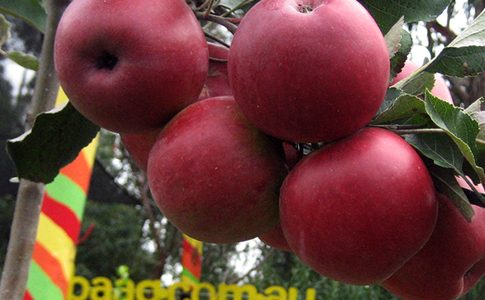
Planting fruit trees is the most rewarding of garden activities. Home grown stone fruit is far superior to anything you buy – in taste and texture. An abundance of cherries makes you feel so luxurious. At BAAG we have a
More...Australian Natives
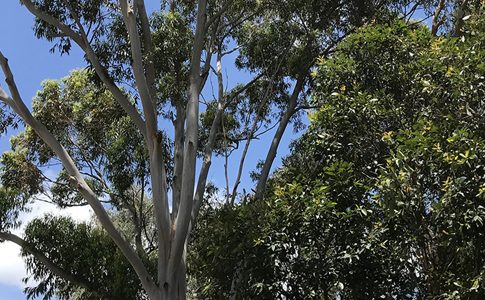
Australian plants are diverse and interesting. They can be colourful and tolerant of our difficult, often harsh conditions. With so many different forms of leaf and flower, they could never be described as boring. Planting native shrubs and trees will
More...Safer Spraying
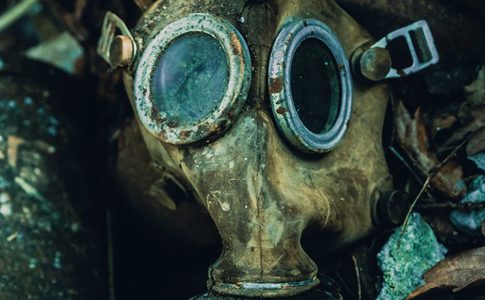
Herbicides, Insecticides & Fungicides… The safer alternatives There is a rapidly increasing need to change what we spray and sprinkle around the garden to keep it disease and insect free. It has been evident from the first usage of chemically
More...Phosphorus and Australian Native plants
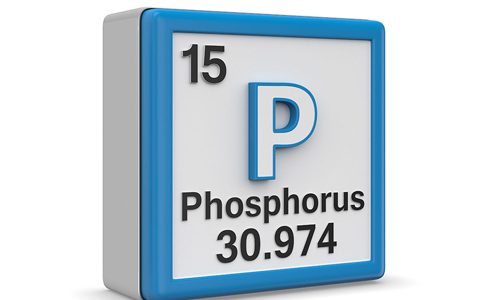
Most Australians have heard at one time or another, that our soils are almost universally phosphorus deficient. In a truly fascinating manner, Australian plants have evolved various ways of coping with low phosphorus levels: some develop symbiotic relationships with fungi,
More...Peach Leaf Curl
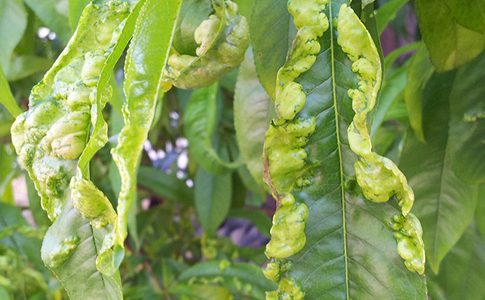
Every September we get customers bringing in thickened bubbly curled and distorted leaves from their peaches and nectarines, by then it is too late to treat and all we can do is offer a rueful smile and tell people what
More...Myrtle Rust

Myrtle Rust is a plant fungal disease that was first diagnosed in NSW in Myrtaceae family plants in April 2010 Myrtle Rust is now in Victoria. To a greater or lesser extent (depending on flora and climate conditions) this will
More...Land Cress as Pest Control
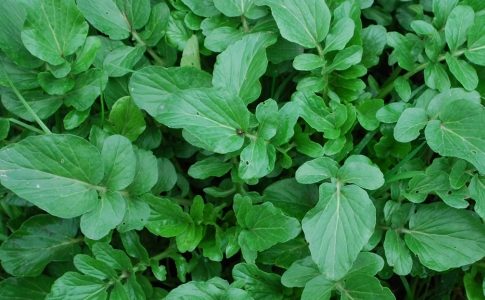
Land Cress (Barbarea vulgaris and Barbarea verna) releases chemicals which attract the Diamondback Moth (right) and the Large Cabbage Moth (left) – both small brown moths which are common pests in the vegie garden. These moths lay their eggs in
More...Gummosis (Bacterial Canker) in Apricots
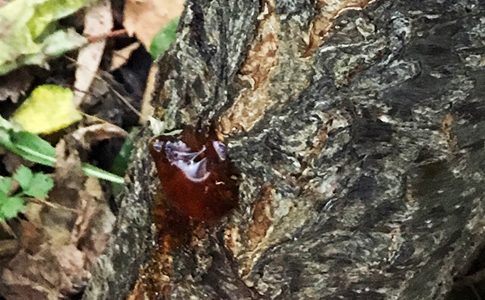
This disease has become almost endemic in apricot trees across Melbourne. It is now a disease that we need to prevent, live with, and manage. Gummosis is identified by the gum or sap that oozes from a wound in the
More...Elm Leaf Beetle

Elm Leaf Beetles are present on most Elms throughout Melbourne. There are many Elm trees in Melbourne, both planted as street trees, in public parks and reserves, and in private gardens. Although the Elm Leaf Beetle is present in significant
More...Cottony Cushion Scale

This is great shot of Cottony Cushion Scale on a citrus leaf which was brought into the nursery for identification. It shows them sitting along a citrus leaf, along the middle rib. This is where you will normally see them
More...
